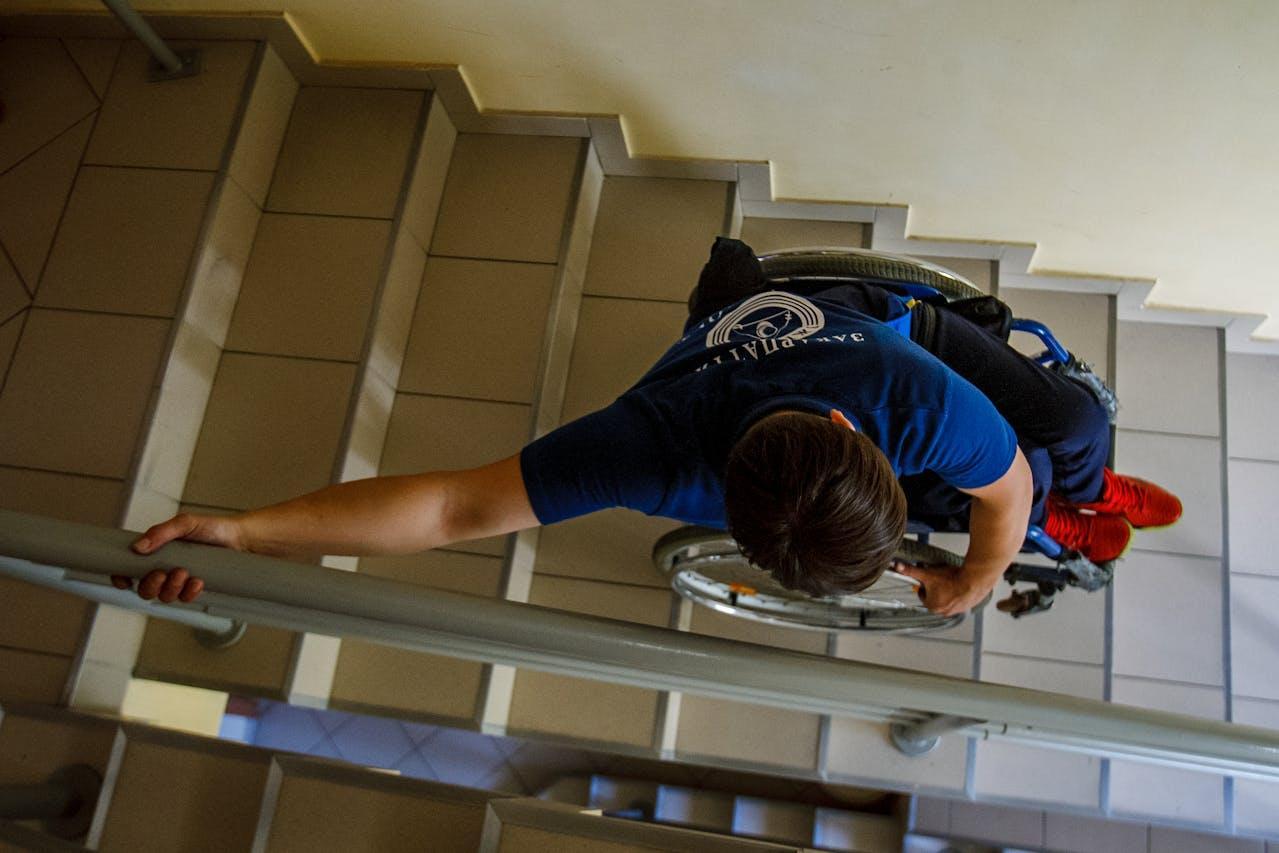Accessibility at home is more important than ever. For individuals with mobility challenges, navigating multi-level spaces can be difficult and unsafe. Integrating features like wheelchair lifts into your home not only restores that sense of independence but also promotes a safer and more comfortable environment.
This blog will explore the break down the types of wheelchair lifts available and highlight the benefits they bring to those who need them most.
Understand Wheelchair Lifts
Wheelchair lifts have come a long way in recent years. These innovative devices allow individuals to move vertically between levels, making them ideal for multi-story homes or spaces with entryway stairs. There are several types of wheelchair lifts, each designed to cater to different needs and preferences.
Vertical platform lifts (VPLs) are a common choice for home use, offering a sturdy platform that carries the wheelchair and user smoothly between floors. Inclined platform lifts operate along a staircase, following its slope and providing an alternative for narrower spaces.
Portable wheelchair lifts are another option, perfect for those who may need flexibility or rental units where permanent installations aren’t feasible.
Benefits of Wheelchair Lifts
The benefits of installing a wheelchair lift go beyond just physical convenience; they can enhance overall well-being for the entire household. Safety is often the foremost consideration. Stairs pose a significant risk of falls for individuals with mobility challenges, but wheelchair lifts eliminate this danger by offering a secure way to transition between floors.
Convenience is another key advantage. Forget the inconvenience or discomfort of navigating through alternative routes in your home. Wheelchair lifts provide immediate and direct access, saving both time and effort.
Perhaps the most profound benefit is the restoration of independence. Being able to move through your own home freely fosters a sense of empowerment and improves quality of life. For families, it also reduces caregiver stress, allowing loved ones to focus on connection rather than logistical hurdles.
Factors to Consider Before Installation
Choosing the ideal wheelchair lift for your home requires careful thought. Space is a critical factor. Smaller homes may benefit from inclined platform lifts, which take up less room, while more spacious properties can accommodate vertical platform lifts with ease.
It’s essential to measure your home carefully and consult an expert to ensure the fit is right. Another consideration is compliance with local regulations. Many areas have building codes or safety standards that must be met when installing accessibility devices.
Research these requirements beforehand to avoid delays or legal complications during installation. Think about your budget and the specific features you’ll need. Do you want a lift that integrates seamlessly into your interior design?
Spending time assessing these factors will help guarantee a smoother purchasing and installation process.
Cost and Funding Options
The price of installing a wheelchair lift varies depending on the type, features, and complexity of the installation. On average, vertical platform lifts can cost between $10,000 and $25,000, while inclined lifts may fall within the $3,000 to $10,000 range.
Portable options tend to be more affordable, typically costing around $2,000 to $5,000. While these costs may seem considerable, financial assistance is often available. Many state and federal programs offer funding or subsidies for home accessibility modifications.
Charitable organizations and nonprofit foundations may also provide grants to help offset the expense.

